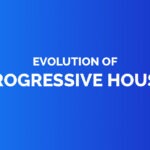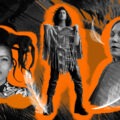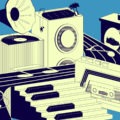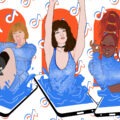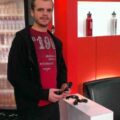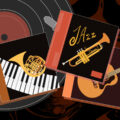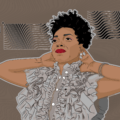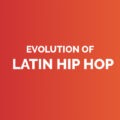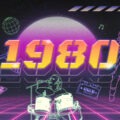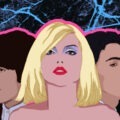History
Brian Eno’s 1978 opus “Ambient 1: Music For Airports” is one of several examples of spacey music remixed and built upon by early ambient house DJs. Eno said his music was “designed to induce calm and space to think” which, forty years later, is still an accurate description of ambient music across a spectrum of genres. Ambient house music was initially quite fringe, but as upbeat party and rave music grew in popularity, the slowed-down, mellow vibe of ambient house was a perfect antidote. The genre is now omnipresent and by some metrics encompasses new age, ambient trance/techno, space rock and contemporary instrumental.
Influences
When it comes to traditional ambient house (a direct mixture of acid house and ambient), there’s no denying the influence of Brian Eno’s minimalist soundscape music. Another major influence was the invention of the synthesizer, which allowed producers to create soundtracks that celebrated the space age. There’s also no denying the influence of 1960s psychedelic rock, with its long drawn out notes, slow tempo, and myriad trippy space-age sounds.
Sound
Ambient house is all about slow-motion anticipation, with compositions that drift towards resolutions that have very little emotional swing. Synths, sound effects, long notes from a variety of instruments suggest hints of happiness, concern, solitude, and so on, without ever truly diving into any of them. The gradual shifts between notes and slowly unfolding structure leaves plenty of room and time for the listener to let go of the world around them, or simply lose themselves in the music.
Jimmy Cauty – “Space”
London, 1990
Jimmy Cauty’s “Space” is twenty minutes of various minimalist ambient sounds that veer from pleasant chimes to dark foreboding synths, all leading to a brief upbeat moment. Cauty was very influential on the genre, eventually forming KLF and The Orb. He is also known for burning £1 million as part of a performance. He later regretted the stunt.
Geir Jenssen – “Microgravity”
Norway, 1991
Norwegian Geir Jenssen’s “Microgravity” is the essence of the chill out room vibe. It had enough tempo, synth magic and samples from obscure films to keep you awake, but has a calming pulse that puts you at ease.
The Orb – “Blue Room”
London, 1992
The Orb’s “Little Fluffy Clouds” was a big hit on the rave circuit, but this forty-minute track is a better representation of them at their ambient best.
Moby – Ambient
New York, 1993
Moby would eventually become the poster child for nerdy inverted pop stars with his hit record “Play”, but early in his career he was a low-key electronic music producer who was subtly pushing the ambient genre into popular culture with early albums like “Ambient”.

